In 1936 the Amagasaki factory become the first factory in the world to produce small diesel engines. Since then the Amagasaki factory has gone on to also produce large diesel engines and gas engines, including engines for propelling ships and generating energy, as well as engines for use on land, and for general power usage. In 1983 it also began producing gas turbines. With these products as its main focus Yanmar is the only company that produces them with an integrated manufacturing system. Furthermore, Yanmar is advancing automation and saving on labor at the factory thanks to its unique high performance special purpose machinery and cutting-edge machinery. Through our order entry system that takes into account the many characteristics of our products and the establishment of a quality control system we always supply our customers with high quality products.
Quality Control at the Amagasaki Factory
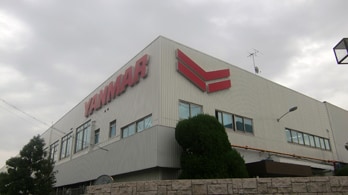
Internationally Recognized Quality Control and Environmental Response
In July 1992 Yanmar received ISO 9001 certification from the British certifying body LRQA. We have also been quick to respond to environmental issues, becoming the first land/marine large diesel engine production factory to receive ISO 14001, in June 1997. Furthermore, Yanmar was the first engine maker in Japan to receive appraisal (NK) for IMO emissions regulations (NOX emissions regulation value) ( Regulation 1 in 2000/Regulation 2 in 2011). Our advanced technological strength is highly rated internationally for protecting the environment.

ISO 9001 (The International Organization for Standardization)
International standard for quality control systems
(Authentication number: 912208)

ISO 14001 (The International Organization for Standardization)
International standard for environmental management
(Authentication number: 770250)
The Ten Kings of the Engine Industry
The Amagasaki factory has been certified by all eleven of the world's large authoritative classification societies. Furthermore, it is in fact the first factory in the world to receive approval for its self inspection system from all eleven societies.
- Nippon Kaiji Kyokai〔NK〕
- American Bureau of Shipping〔ABS〕
- Lloyd's Register〔LR〕
- Det Norske Veritas〔DNVGL〕
- Registro Italiano Navale〔RINA〕
- Bureau Veritas〔BV〕
- Korean Register of Shipping〔KR〕
- China Classification Society〔CCS〕
- Indian Register of Shipping〔IRS〕
- Russian Maritime Register of Shipping〔RS〕
The Integrated Production System Creating High Efficiency Noticed the World Over
Diesel Engine and Gas Engine Production Processes
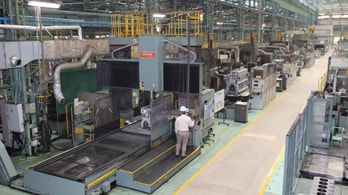
Machining Process
In the machining process special purpose machines process the main components including cylinder blocks, cylinder liners, crank shafts, cam shafts and connecting rods with high efficiency and effectiveness.

Assembly Process
Following the machining process each component is thoroughly cleaned to remove all grease and lose particles, etc. The various components are then efficiently assembled.
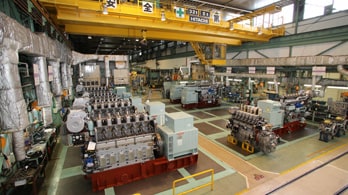
Outfitting Process
The engines that have now been assembled are placed on a surface plate and the machinery and attachments needed for generators, pumps, compressors, and clutches etc., is then carried out as well as various pipework.
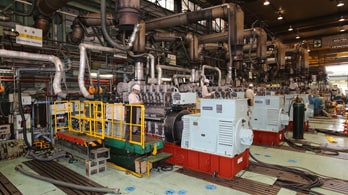
Operation Process
One by one each engine delivered from the rigging process goes through a test, being used by a veteran engineer in the same way it will eventually be used by the customer, and is then rigorously inspected. In addition, ship safety law, fishery agency and classification society inspections are carried out at the same time.

Shipping Process
After the engine's test drive, it goes through anti-corrosion work, shipping inspections, and packaging on the conveyor belt before being shipped domestically and overseas.
Gas Turbine Production Process
Parts such as the impeller, rotor, and nozzle are finished with ultra precision by the 5-axle control machine or the NC dedicated device, with the turbines assembled in a highly-controlled process. The turbines are then fitted with various generators and accessories and are shipped out after undergoing stringent testing and inspections.
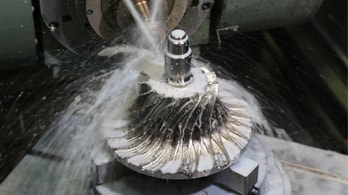
Machining Process (Impeller Manufacturing)
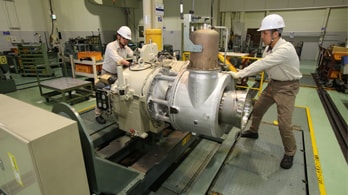
Assembly Process (Clean Room)

Outfitting Process
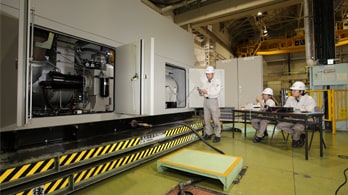

 Agriculture
Agriculture
 Recreational Marine
Recreational Marine
 Recreational Boat
Recreational Boat
 Premium Cruiser
Premium Cruiser
 Marine Equipment
Marine Equipment
 Marine Commercial
Marine Commercial
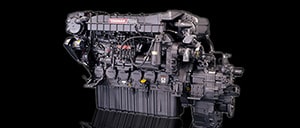 Propulsion Engines (High Speed)
Propulsion Engines (High Speed)
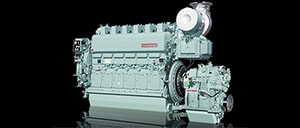 Propulsion Engines (Medium Speed)
Propulsion Engines (Medium Speed)
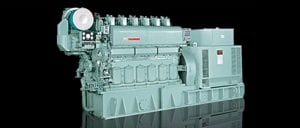 Auxiliary Engines
Auxiliary Engines
 SCR System
SCR System
 Dual Fuel Engine
Dual Fuel Engine
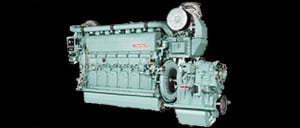 Two-stage Turbocharging System
Two-stage Turbocharging System
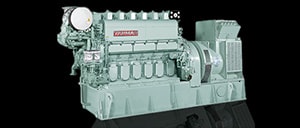 Electric Propulsion System
Electric Propulsion System
 Energy Systems
Energy Systems
 Compact Equipment
Compact Equipment
 Industrial Engine
Industrial Engine
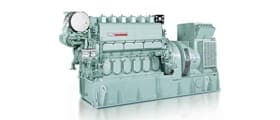 Power Generation
Power Generation
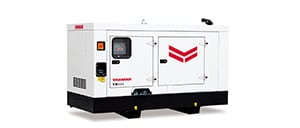 Compact Power Products
Compact Power Products